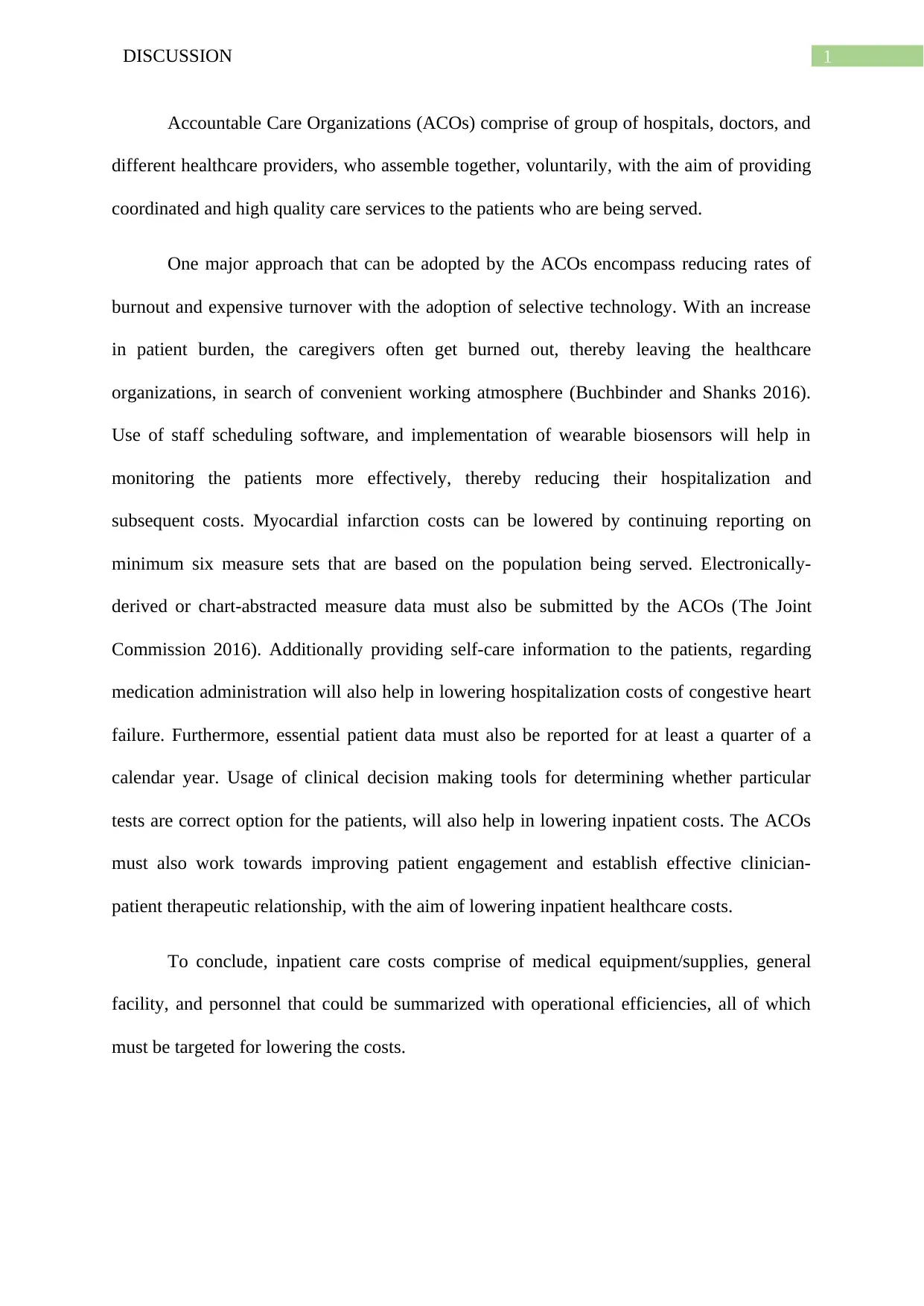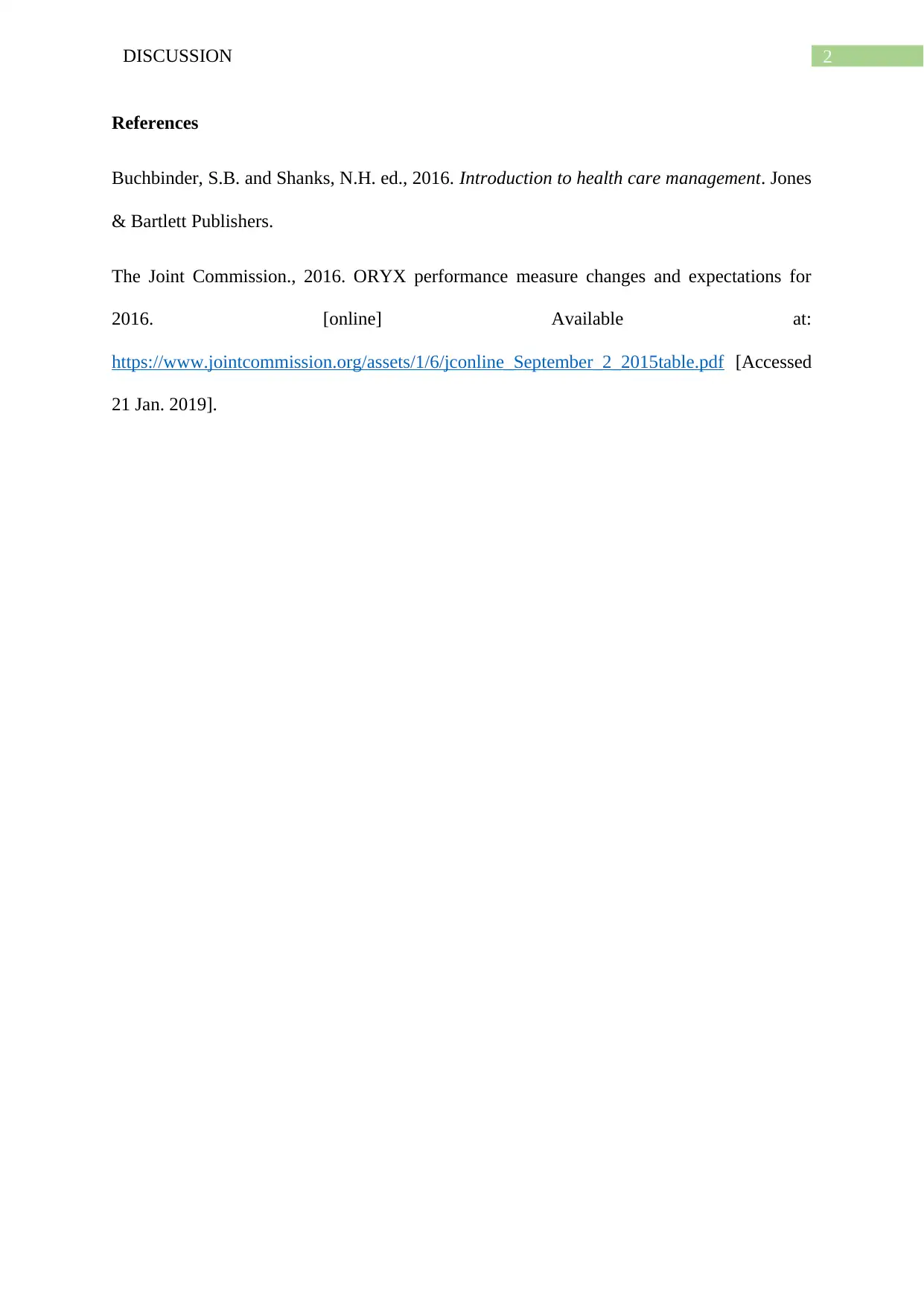Discussion: Accountable Care Organizations & Quality Care
VerifiedAdded on 2023/04/21
|3
|377
|430
Discussion Board Post
AI Summary
This discussion board post examines Accountable Care Organizations (ACOs) as groups of healthcare providers who voluntarily collaborate to deliver coordinated, high-quality care. It emphasizes reducing burnout and turnover through technology like staff scheduling software and wearable biosensors. The discussion highlights the importance of reporting on minimum measure sets, providing self-care information to patients, and using clinical decision-making tools to lower inpatient costs. It also stresses improving patient engagement and clinician-patient relationships. Ultimately, the post concludes that ACOs should focus on operational efficiencies to reduce inpatient care costs related to medical equipment, facilities, and personnel.
1 out of 3










![[object Object]](/_next/static/media/star-bottom.7253800d.svg)